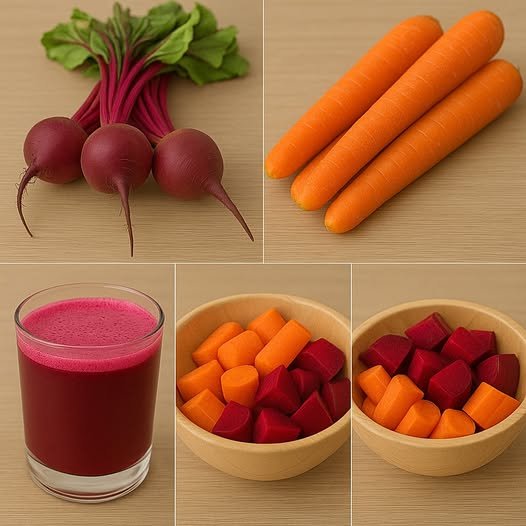The issue of plastic rice, a counterfeit version of rice made from artificial materials, has sparked concerns among consumers. It’s essential to be able to differentiate between real rice and plastic rice to steer clear of any health hazards. Here are six simple steps you can follow to identify plastic rice in 2025:
1. Water Test
One of the quickest ways to determine if your rice is genuine or fake is by conducting a water test. Real rice will sink in water, while plastic rice will float.
Instructions:
- Take a glass of water and add a tablespoon of uncooked rice.
- Stir the water thoroughly.
- Real rice will sink to the bottom, while plastic rice will float on the surface.
2. Fire Test
Plastic rice reacts to heat by melting, which makes the fire test an effective method for detecting plastic rice.
Instructions:
- Take a handful of rice and ignite it with a match or lighter.
- If the rice melts or emits a plastic-like smell, it is likely fake.
- Real rice will not melt or produce a plastic odor.
3. Boiling Test
When boiled, real rice and plastic rice display distinct characteristics in terms of texture and appearance.
Instructions:
- Boil a small portion of rice in water.
- Real rice will cook normally, presenting a fluffy texture and an authentic rice scent.
- Plastic rice will remain hard or form a glossy, sticky layer even after being cooked.
4. Mold Test
As plastic rice is not organic, it doesn’t spoil in the same manner as real rice. The mold test can help distinguish between the two.
Instructions:
- Cook a small amount of rice and place it in a container.
- Leave it at room temperature for a few days.
- Real rice will develop mold, especially in a warm environment.
- Plastic rice will show no signs of mold growth and will remain unchanged.
5. Hot Oil Test
The way plastic rice reacts when fried differs from real rice.
Instructions:
- Heat oil in a pan and add a few grains of rice.
- Plastic rice will melt or clump together when fried.
- Real rice will fry, turning crispy and golden brown without melting.
6. Texture and Smell After Cooking
Real rice has a unique texture and aroma that sets it apart from plastic rice.
Instructions:
- Check the texture of the rice after cooking. Real rice should feel soft but firm with a grainy texture.
- Smell the rice. Real rice has a pleasant, neutral aroma.
- Plastic rice may emit a chemical smell and have a gummy or overly smooth texture.
Conclusion: Protect Yourself from Plastic Rice
Although plastic rice is uncommon, it’s important to familiarize yourself with these identification techniques, particularly if you’re unsure about the origin of your rice. By following these simple steps, you can safeguard yourself and your loved ones from the potential dangers of synthetic rice. Always opt for rice from trusted and reputable brands to minimize the risk of encountering counterfeit products.



